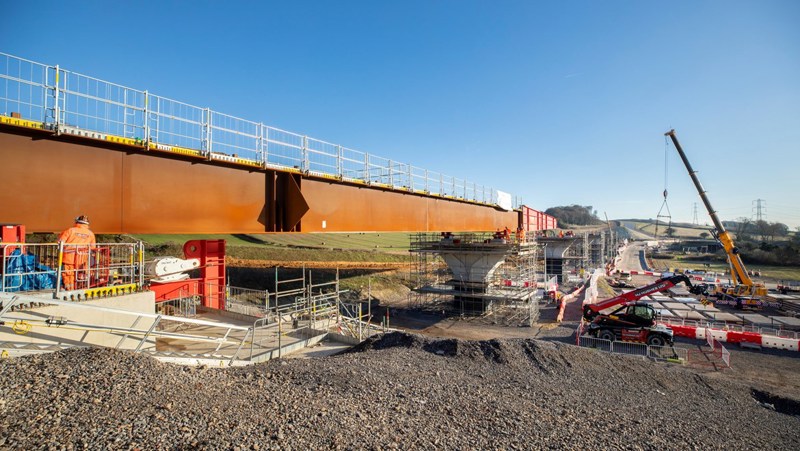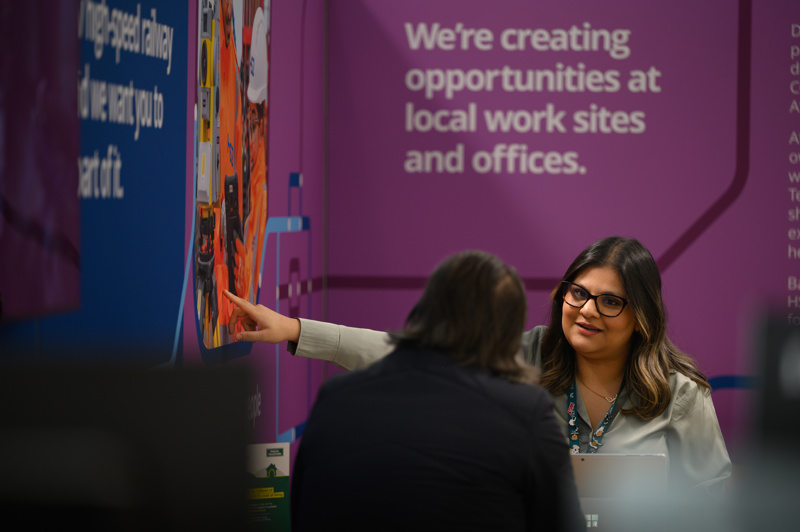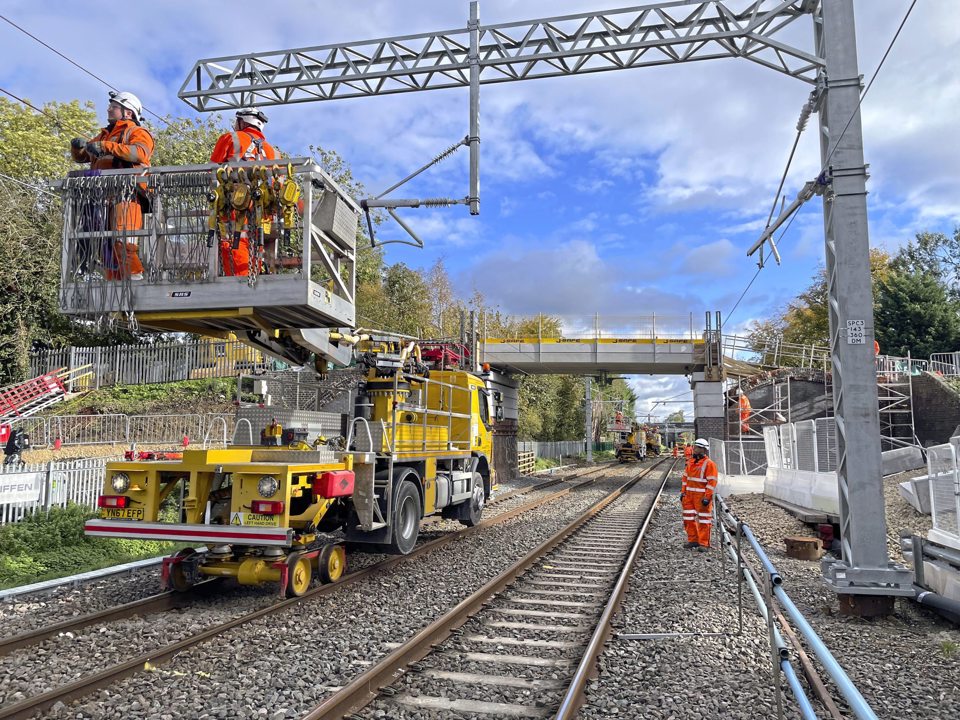"We need to bring confidence back to industry funding sources and those who benefit," says Russell Jackson, Global Transit Director at AECOM.
The rail industry assumes projects will always proceed - that there is an open credit card. Cancellation of HS2 Phase 2 is the biggest possible wake-up call to that mindset.
If the industry doesn’t have the confidence of Treasury officials, it cannot expect government investment to be guaranteed. There is plenty of other infrastructure investment required that’s competing for the same pool of funding. Energy production, decarbonised home heating, digital backbone, electric vehicle charging, and climate resilience are all necessary elements of the UK’s net zero journey and future infrastructure needs.
The National Infrastructure Commission (NIC) published its second national assessment last October (2023), emphasising the need for government to make faster decisions and noting that consenting timescales had increased by 65% in recent years. The NIC said that to attract private investment, there must be consistency and speed in decision-making.
The importance of 'focus'
There is current political discussion of fast-track approval for high-density housing. But rail is a great enabler of connecting communities, modal shift, economic growth, and housing. Surely this warrants a fast-track approach to consenting that balances the benefits of infrastructure on local communities and the environment with the best outcomes for the taxpayer over the longer term?
In the bygone era of Private Finance Initiatives in the UK, the theory was that privately financed and delivered capital projects were good value, because the increased cost of private sector capital (compared with public borrowing) was more than offset by the efficiency, cost and schedule focus that the private sector brought to delivery.
While that theory continues to be embraced abroad, it is lost in the UK rail sector. The private sector must still bring an efficient cost-focused culture into rail projects.
There is common ground with clients - Network Rail’s SPEED and PACE initiatives are aimed at achieving outcomes for passengers, minimising scope creep, and focusing on a Minimum Viable Product.
Remaining on budget
The immediate consequence of the decision to cancel HS2 Phase 2 was a commitment to re-invest the funding in other transportation projects. The Department for Transport published Network North at the same time as the PM’s speech. While this cannot be seen as a replacement for HS2, it brings (potentially) new opportunities and a government pivot towards more local and devolved rail projects.

HS2's Wendover Dean deck is pushed into position on January 10, 2024. The half-kilometre viaduct deck slide is expected to take a year.
But with some of these proposals admitted to being ‘illustrative’ just days after the publication, industry waits for more detail around the certainty of schemes.
The Network North report notes that all projects will be subject to business case approval. For any of these projects to be viable, industry will need to keep a strong focus on cost and outcomes, as well as making projects affordable and efficient. There must be a culture of obsession with affordability, and the tools are there to achieve the necessary changes.
The drive to focus on outcomes is recognised in the developing knowledge bank of Systems Thinking. The Institution for Civil Engineers has published guidance on this approach, and there is even a guide for civil servants - Driving Improved Outcomes in Complex Situations. Working together, clients and supply chains need to bring this mindset into project leadership teams.
Understanding outcomes from decisions
Across global major rail projects, there are delivery partner roles emerging where clients and supply chain teams collaborate closely, creating an opportunity to apply systems thinking leadership in practice.
Digital design tools can help underpin this approach. Digitalisation has created a platform for digital design which means we can now progressively track cost and the reasons behind increases as designs develop, in real time. It is now possible to adopt cost and carbon tracking on all project design work, enabling informed discussion and debate with funders and stakeholders on the real cost impact of change.
Railway capital projects are, by nature, slow in delivery. The inflationary costs of slow progress in the current economy are crippling. Exploring every possible option and alternative and slow decision-making, funding provision and consenting processes all contribute. We must understand what delay really costs a project.
On NR’s Project SPEED (Swift, Pragmatic and Efficient Enhancement Delivery) schemes, the approach has been to make decisions on a ‘no regrets’ basis, and it is working to cut cost and accelerate completion. We must articulate the opportunity cost of public funding delays that privately financed projects have always understood as critical.
Recognising 'longer-term' investments
An area of investment that often goes unaccounted for in the railway industry is investment in people and in learning.
Every project is an investment in the teams that deliver, in their experience and capabilities, as well as how they work together and understand how to deliver success together. Long-term programme or alliance models cleverly seek to recognise and capture that investment to drive efficiency and improved delivery.

Inside one of three new dedicated HS2 Recruitment Hubs in the West Midlands, designed to help unemployed people into work on HS2.
Too often we sacrifice this investment on an altar of competitive procurement that cannot recognise the benefits of deeply held collaborative delivery experience.
A lot of the design and construction experience in client and supply chain teams on projects such as Crossrail have since been lost to the UK and benefited projects overseas.
Ten years ago, the UK built a new capability in overhead electrification, but less than 2.5km of new electrification was built last year.
While it somewhat demonstrates the UK’s ability to export world-leading skills, it’s unsurprising that so many major rail capital investment programmes around the world are led by terrific rail industry leaders who cut their teeth in the UK but who found future investment wanting - and so moved away.
The coming months will be critical for the rail industry to prove we can adapt. We need to bring confidence back to industry funding sources and those who benefit directly and indirectly, and show them our critical cost- and efficiency-focused role in connecting more communities with our most sustainable transport mode.
Article first published in RAIL Review Q4, 2023.

















Login to comment
Comments
No comments have been made yet.